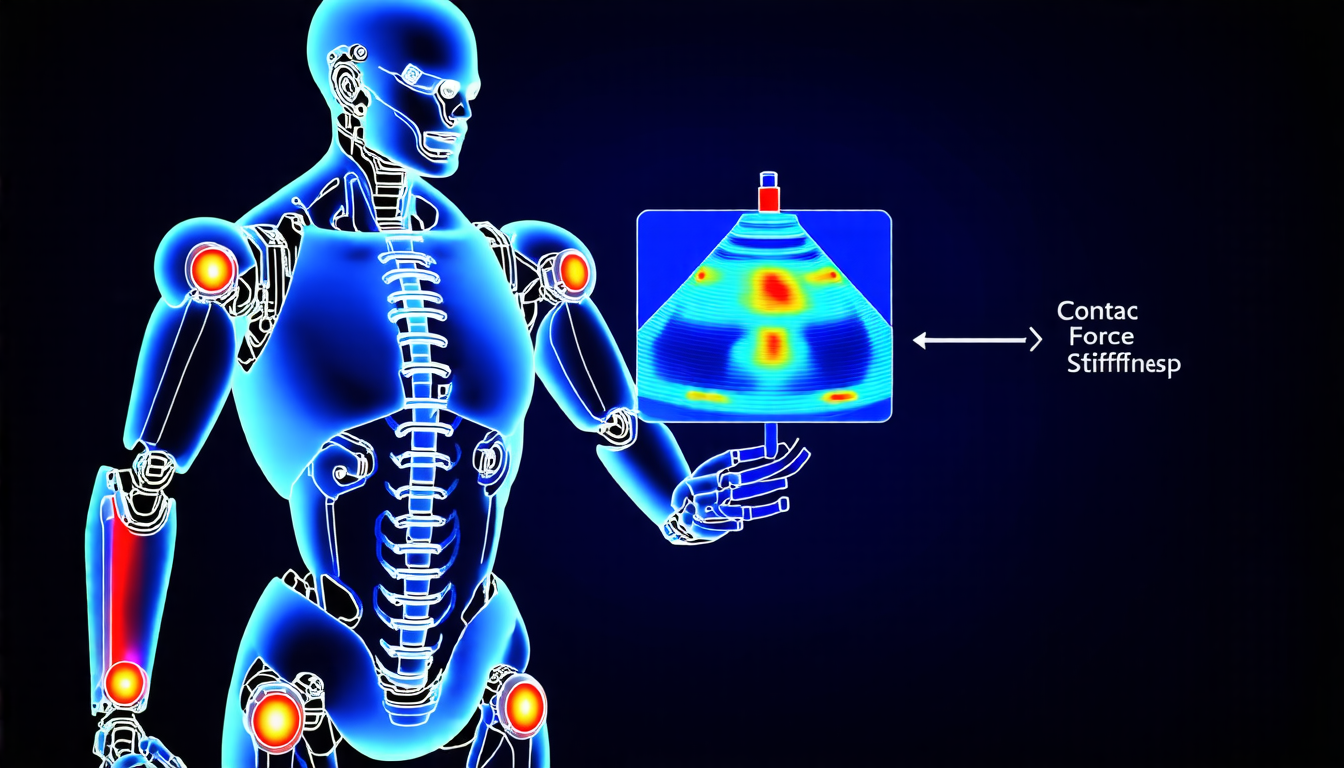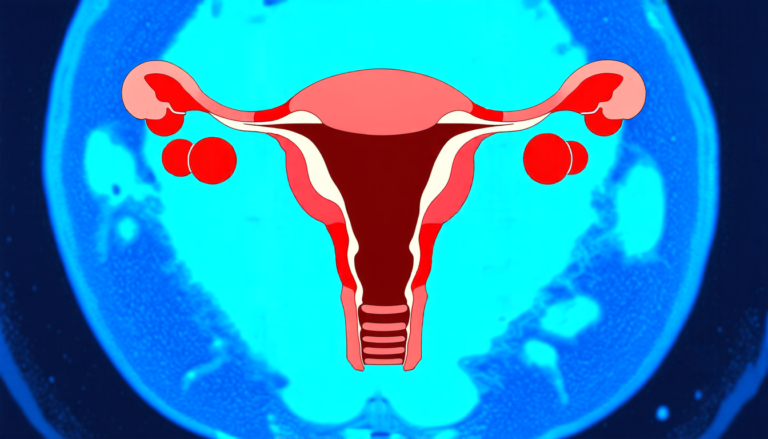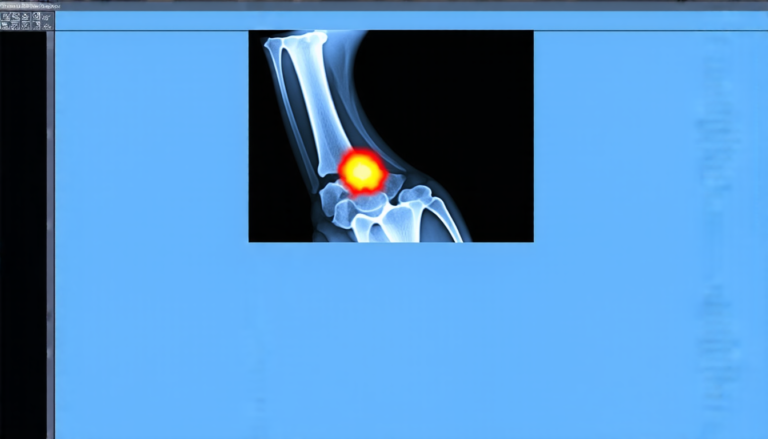Thursday 11 September 2025
Ultrasound imaging is a crucial tool in modern medicine, allowing doctors to visualize internal organs and tissues without invasive procedures. However, one major challenge in using ultrasound is deformation – the movement of organs and tissues during scanning can make it difficult to accurately register images taken at different times.
To address this issue, researchers have developed a new technique called PADReg, which uses contact force measured by robotic ultrasound systems as a physical prior to constrain registration. Essentially, PADReg creates a pixel-wise stiffness map based on the multi-modal information from contact force and ultrasound images, allowing for physically plausible registration with better anatomical alignment than previous methods.
The process begins with constructing a stiffness map, which is then combined with force data to estimate a dense deformation field through a lightweight physics-aware module inspired by Hooke’s law. This design enables PADReg to achieve accurate registration even under large deformations, making it an essential tool for various medical applications.
In clinical practice, PADReg has been shown to improve the performance of ultrasound registration, particularly in scenarios where deformation is significant. For instance, in breast cancer diagnosis, accurate registration of pre-treatment and post-treatment images can help doctors monitor tumor response and detect recurrence more effectively. Similarly, in thyroid nodule evaluation, PADReg can facilitate more precise analysis of tissue properties and better diagnose nodular lesions.
The potential benefits of PADReg extend beyond medical imaging alone. By leveraging contact force as a physical prior, this technique can also inform the development of new ultrasound systems and instruments. For example, designing robotic ultrasound probes that incorporate force sensing capabilities could enable more accurate registration and improved diagnostic accuracy.
In addition to its practical applications, PADReg has also shed light on the underlying physics of tissue deformation and stiffness. By analyzing the relationships between contact force, stiffness map, and deformation field, researchers can gain a deeper understanding of how tissues respond to external forces and how these responses impact ultrasound imaging.
As medical technology continues to evolve, the importance of accurate ultrasound registration will only continue to grow. PADReg represents a significant step forward in this area, offering a powerful tool for doctors and researchers alike. With its potential to improve diagnostic accuracy, inform instrument design, and advance our understanding of tissue physics, PADReg is an exciting development that promises to revolutionize the field of medical imaging.
Cite this article: “PADReg: A New Technique for Accurate Ultrasound Registration”, The Science Archive, 2025.
Ultrasound, Registration, Deformation, Padreg, Robotic Ultrasound Systems, Contact Force, Stiffness Map, Hooke’S Law, Medical Imaging, Breast Cancer Diagnosis







